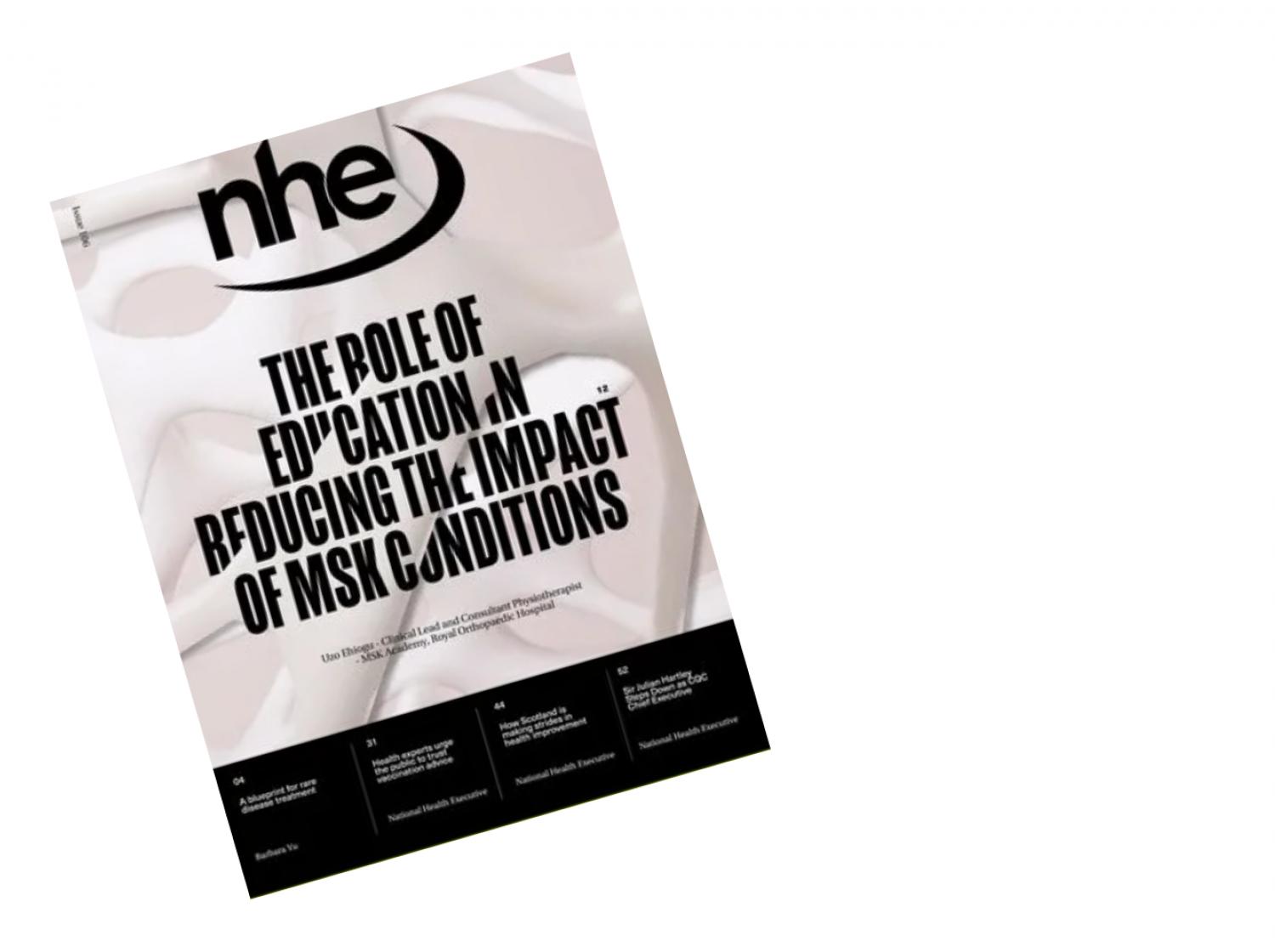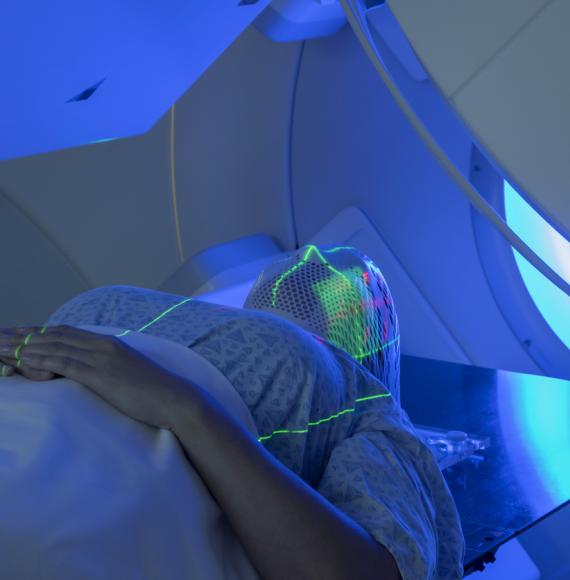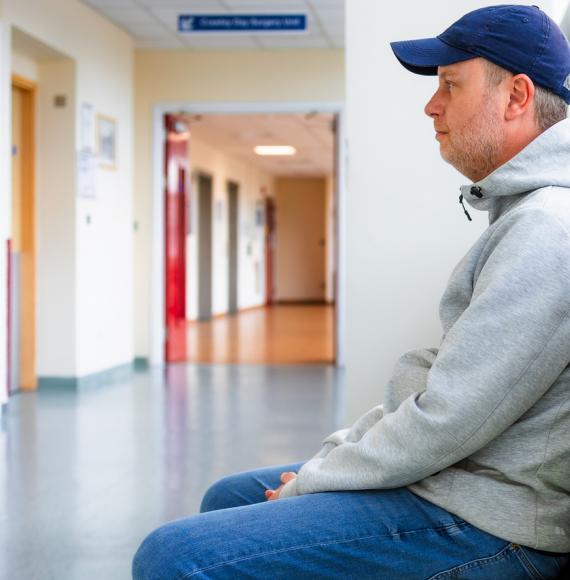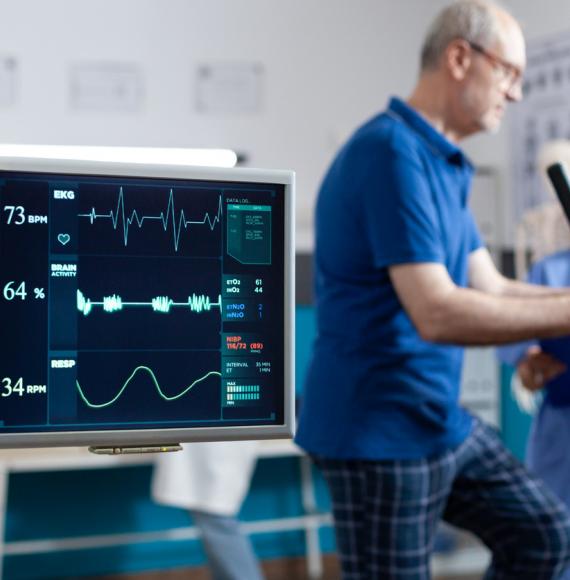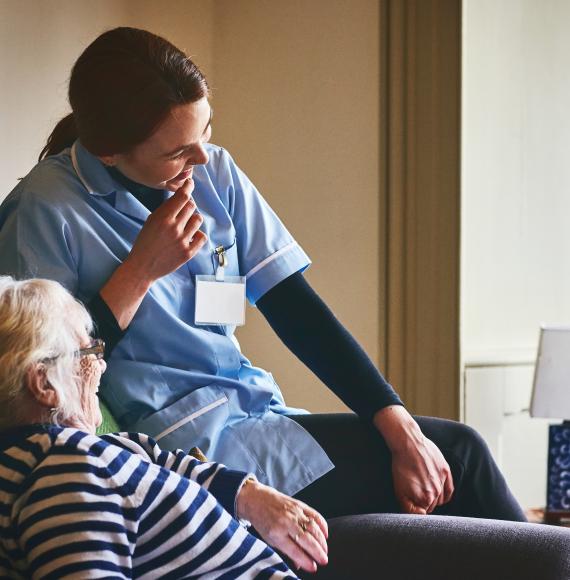In a ground-breaking discovery, researchers have analysed the levels of microplastics in a hospital environment for the very first time.
The study was conduced by the University of Hull as part of a series of landmark microplastic research studies in conjunction with Hull York Medical School and Hull University Teaching Hospitals NHS Trust.
The researchers found an average of 5,000 microplastics per squared metre when an operating theatre was in use – nearly three times the amount found in people’s homes. This compares with the researchers’ additional discovery of an average of 500 microplastics per squared metre in anaesthetic rooms.
The University of Hull say that the majority of the microplastics found are PET, which would be present as a result of blister packs, and polypropylene which potentially comes from surgical gowns, hairnets, or drapes for patients.
As mentioned earlier, these findings are just the latest in a long line of landmark microplastic studies from the Hull team, including one looking into the amounts found outdoors, one evaluating indoor levels, and one even about human lungs.
Further research has investigated the amount of microplastic in the colon and even the blood, but this is the first study ever to quantify microplastic levels in an actual clinical setting.
Professor of Environmental Toxicology at the University of Hull, Jeanette Rotchell, said: “Although we know microplastics are in the air in a variety of settings, we can’t yet say what the consequences are or whether microplastics are harmful to health.
“Researchers have yet to establish this. We do know that microplastics cause immune response type reactions such as inflammation in cell or tissue-based experiments.
“This study also highlights another route of exposure that differs from either inhalation or ingestion via our diet. In knowing the numbers and characteristics of the microplastics found in this study, we can now conduct more realistic cell type experiments to establish possible health impacts.”
The study’s Lead Investigator, Dr Daniel Field, added: “The invention of plastics was revolutionary for the surgical environment. The fact you can vacuum pack equipment provides minimal risk to the patient and as doctors, our sole duty is to protect patients.
“The amount of plastic used in operating theatres across Europe is astoundingly high – you can’t ignore it. We are producing a lot of plastic – much of it sterile, single use plastic and you can use 10-20 of these in a single operation just to take out a section of the lung, for example.
“While we do not yet know the actual health impacts of microplastics, if any, single use plastic is essential for the NHS that we see today. But that isn’t to say the NHS isn’t moving forward with goals and schemes in order to limit single use plastics elsewhere.”



